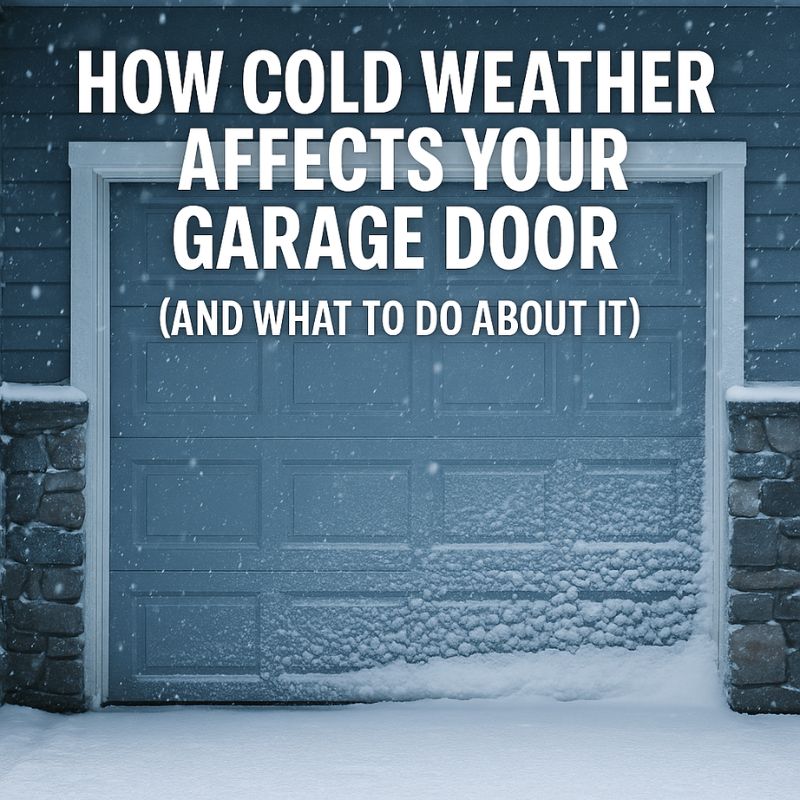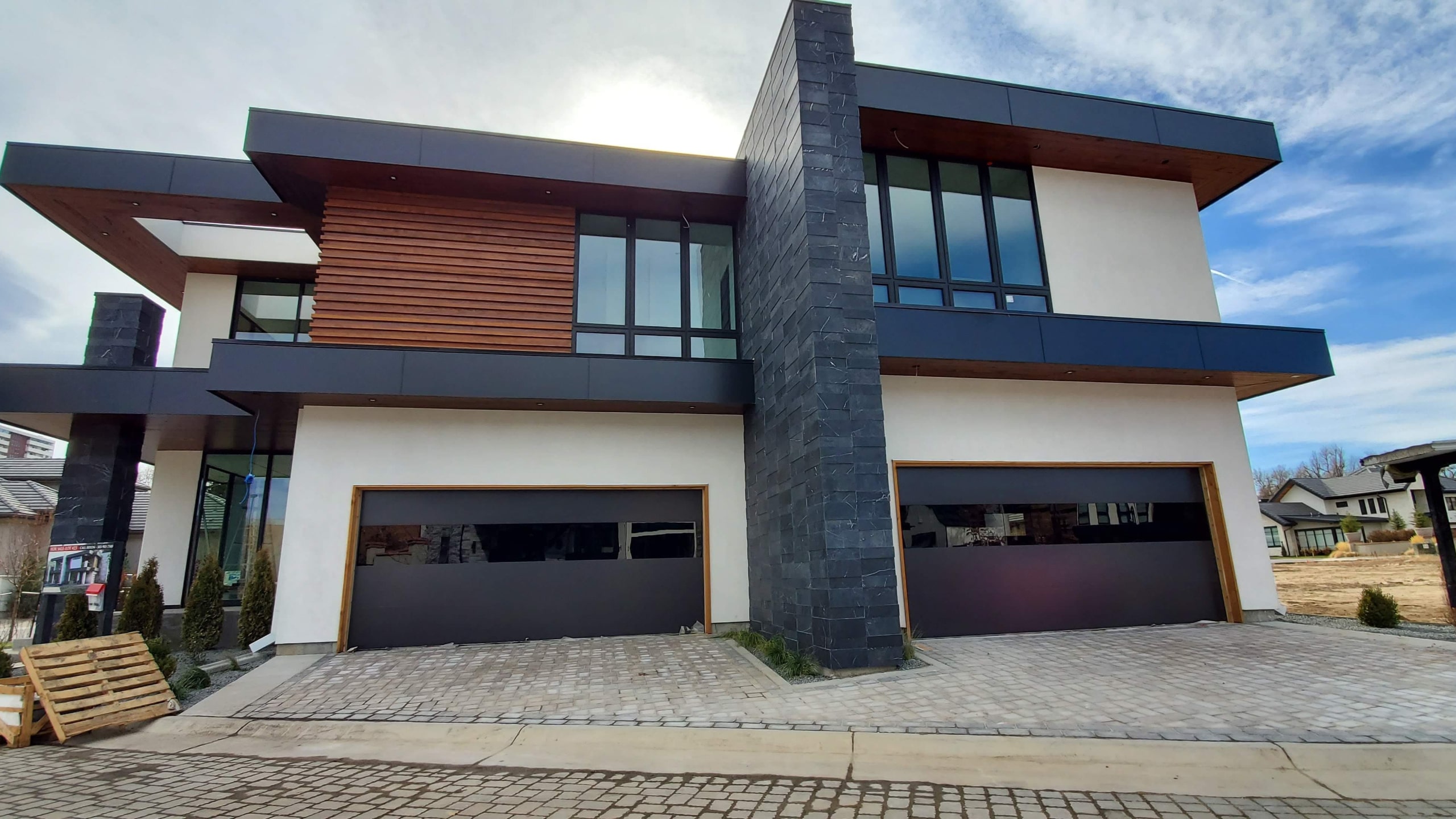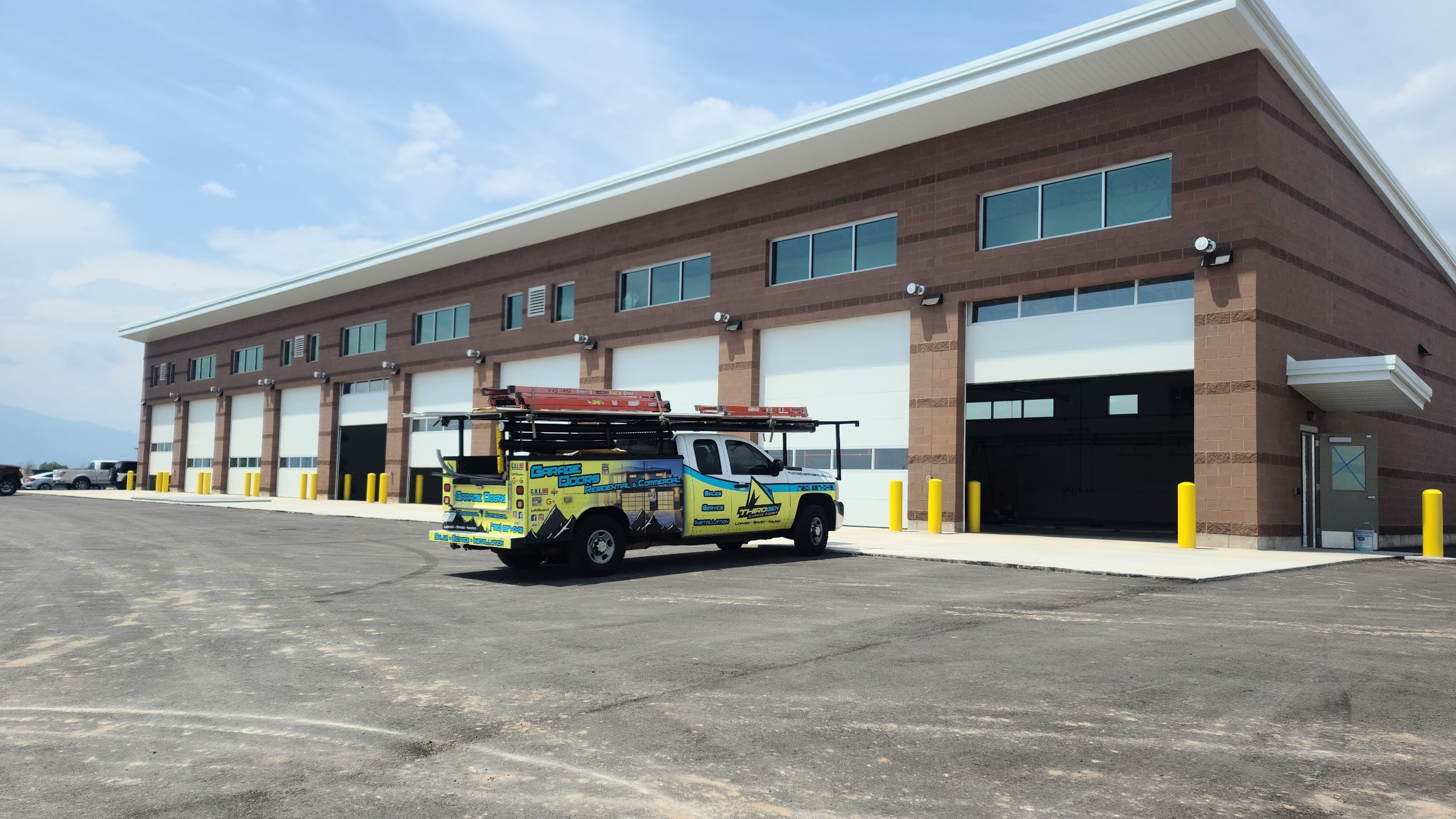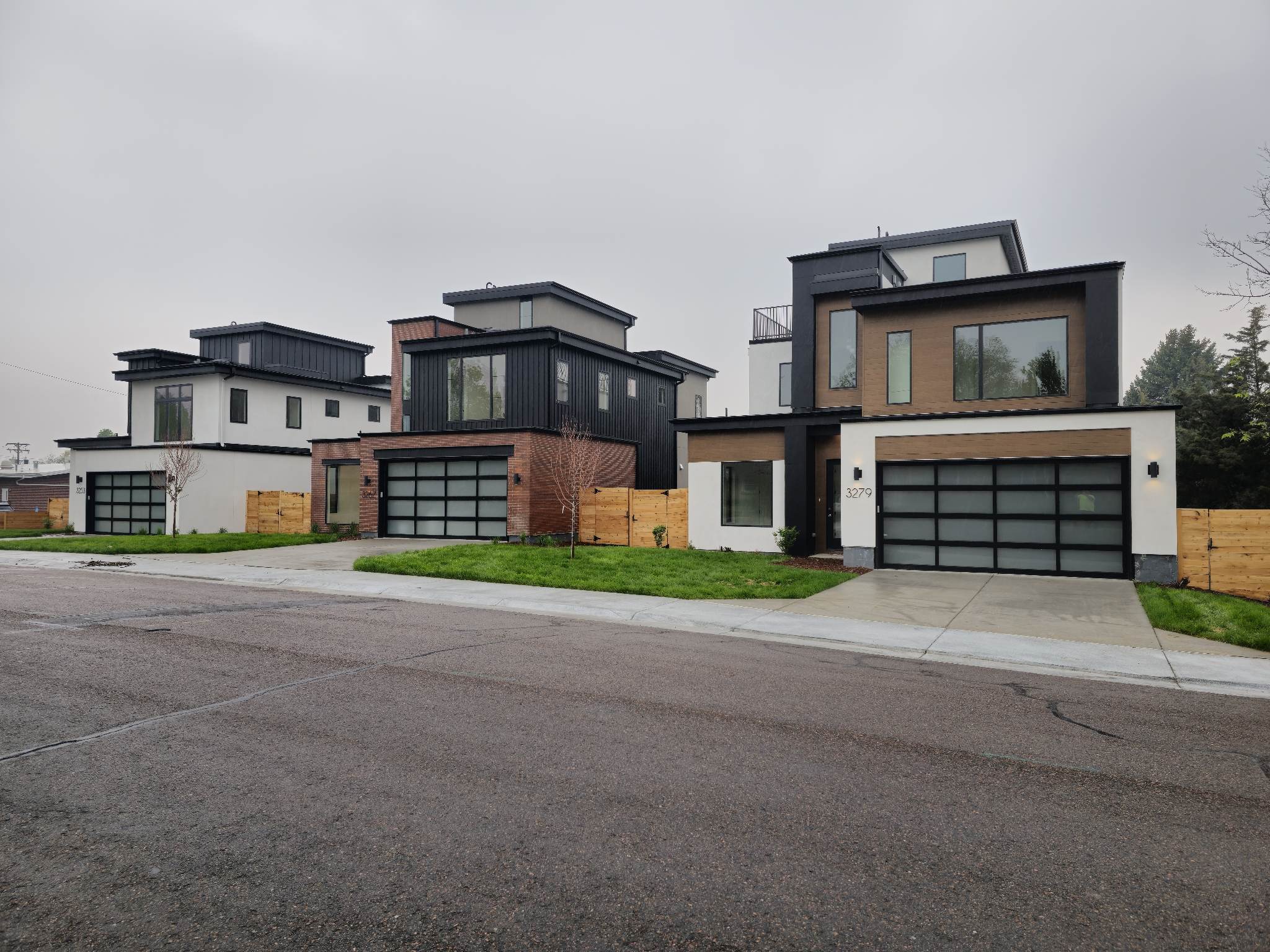When winter hits Colorado, it brings more than just snow and freezing temperatures—it brings garage door problems too.
From frozen garage doors to cracked seals and sluggish openers, cold weather can cause a range of issues that leave homeowners stuck outside or trapped inside.
Understanding these cold weather garage door problems and how to fix them can save you time, money, and frustration.
Let’s break down the most common garage door winter issues and what you can do to keep your system running smoothly all season long.
Why Cold Weather Impacts Your Garage Door
Garage doors are made up of metal components, electrical systems, and rubber seals—all materials that react to temperature changes.
When the temperature drops below freezing:
- Metal contracts, making hinges, rollers, and springs tighter and more brittle.
- Lubricants thicken, slowing your opener or preventing it from working properly.
- Moisture freezes, causing the door to stick to the ground.
- Weather seals harden or crack, allowing cold air and moisture inside.
If your garage door struggles to open, makes loud noises, or reverses unexpectedly, the winter chill may be to blame.
1. Frozen Garage Door: Why It Happens and What to Do
A frozen garage door is one of the most common cold-weather issues in Colorado. When snow or slush melts during the day and refreezes overnight, it can bond the bottom seal of your door to the concrete floor.
Signs Your Door Is Frozen:
- The door won’t open even though the opener is running.
- You hear a “pop” or “click,” but nothing moves.
- The weather seal is visibly stuck to the ground.
What to Do:
- Do not force it open. You could tear the weather seal or burn out the motor.
- Use a hair dryer or heat gun to gently warm the area where the door meets the ground.
- Clear snow and ice buildup regularly to prevent refreezing.
- Apply a silicone-based lubricant to the rubber seal for a layer of protection.
If your frozen garage door keeps happening, it might be time to install new weather stripping or a threshold seal designed for winter.
2. Broken Springs and Stiff Hardware
Cold weather puts tremendous strain on your garage door springs. Metal becomes brittle as temperatures drop, increasing the chance of a spring snapping when you try to open the door.
Common Symptoms:
- The door won’t open fully or feels heavier than normal.
- You hear a loud bang from inside your garage.
- The door opens crookedly or not at all.
This is a serious safety issue. Do not try to replace springs yourself.
Contact a professional for garage door repair in winter, as springs are under high tension and require specialized tools to replace safely.
3. Cracked or Hardened Seals
Rubber weather seals are essential for keeping out cold air, snow, and pests—but in sub-zero temperatures, they can harden or crack.
Once that happens, your garage loses insulation, your heating bills go up, and melting snow can seep under the door.
Solution:
- Inspect all seals around the door frame and bottom.
- Replace any cracked, brittle, or missing sections.
- Consider upgrading to a high-quality, cold-weather rubber seal for longer durability.
This small step helps prevent future garage door winter issues and improves your home’s energy efficiency.
4. Sluggish or Unresponsive Openers
Have you noticed your garage door opener running slower than usual? Cold weather affects the motor’s performance, and thickened lubricant can slow or strain moving parts.
How to Fix It:
- Wipe excess grease off the tracks and use a silicone-based lubricant instead.
- Keep your garage above freezing with proper insulation or a small space heater.
- If your opener is older, consider upgrading to a cold-weather-rated model with a built-in battery backup.
A sluggish opener is one of the most common garage door repair in winter calls we receive at Third Gen Garage Doors—and most can be prevented with proper maintenance.
5. Warped Metal Parts or Misalignment
Extreme temperature swings can cause metal to contract or expand unevenly, leading to misaligned tracks or binding rollers. When that happens, the door can shake, grind, or stop mid-cycle.
What You Can Do:
- Tighten loose bolts and brackets.
- Inspect the tracks for gaps or bends.
- Lubricate rollers and hinges to reduce friction.
- Schedule a professional garage door tune-up before peak winter.
Misalignment is best handled by a Denver garage door repair specialist, especially if your door feels off-balance or drags against the frame.
6. Poor Insulation and Heat Loss
If your garage feels like a walk-in freezer, your door may not be properly insulated. An uninsulated or poorly sealed garage door lets heat escape and allows cold air to enter, affecting your comfort and energy bills.
Fixes:
- Install foam board or reflective insulation panels.
- Seal gaps around the frame and door panels.
- Upgrade to an insulated garage door designed for Colorado winters.
Proper insulation not only prevents garage door winter issues, but also protects vehicles, plumbing, and stored items from extreme cold.
Preventing Cold Weather Garage Door Problems
The best solution for winter damage is prevention. Here’s how to stay ahead of the season:
- Perform a pre-winter inspection and lubricate moving parts.
- Keep your garage dry by clearing snow away from the door base.
- Replace old weather stripping before freezing temps arrive.
- Schedule preventative maintenance with your local Denver garage door repair company.
These small steps keep your garage door system reliable and protect your investment all winter long.
Final Thoughts
Colorado winters are tough, but your garage door doesn’t have to suffer for it.
From frozen garage doors to slow-moving openers, cold weather brings challenges—but with proper care and help from professionals, you can prevent most problems before they start.
At Third Gen Garage Doors, we specialize in garage door repair in winter across the Denver metro area.
Whether you’re dealing with broken springs, damaged seals, or a door that won’t budge, our expert technicians can help you stay safe, warm, and operational all season long.





